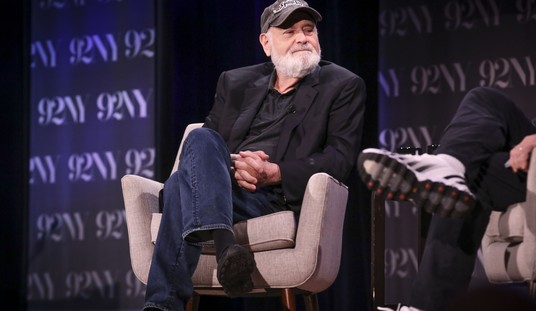Des Moines, IA–Okay–how the heck does the Iowa caucus work? What’s the process for the one? There are 1,681 precincts in Iowa, where a projected 250,000 Iowans from both parties hold meetings to select delegates for the presidential candidate of their choosing, according to former director of operations for the Bush/Quayle 1992 campaign Mark Serrano. The meeting location for a caucus can be pretty much any place where people can move (libraries, coffee shops, homes, community centers etc.). Any Iowan who will be 18 years of age by Election Day 2016 can caucus.
You can register ahead of time, or at the caucus, but registering is a must for full participation.
The games begin for both parties at 7 p.m. You cannot be late. If you want to caucus, but end up at the meeting location at 7:01pm–you won’t be allowed to participate. The doors are closed.
Recommended
Katie Packer of Our Principles PAC told Townhall about some aspects of the process as well, noting that the meeting begins with the selection of a permanent chair and secretary followed by candidates, or their representatives, have an opportunity to address the meeting, which could mean for the Republicans that this could take a long time given the size of the field. A straw vote is then conducted and tabulated by the secretary into a Microsoft tabulation system.
The information for this critical preference poll is then sent to the respective Iowan Democratic and Republican parties.
Lastly, comes the voting. For Republicans it’s pretty straightforward; they show up, listen to speeches, and stand by their candidate. For Democrats, they have viability thresholds, meaning if a candidate doesn’t get a 15 percent show of support, that name is removed, and the supporters of the rejected candidate have to pick between the camps that reached that benchmark. It’s here where neighbors, friends, and family members attempt to sway their fellow Iowans to their side. Each vote is binding and counted towards the final tally, which is also sent to the state parties. There is no proportional counting¬–one person, one vote. Packer added that many people leave and then the party regulars elect delegates and discuss platform.
CBS News, Fox News, and even the Bernie Sanders campaign produced videos explaining this byzantine system of delegate selection. They’re all quite good and worth a viewing:


